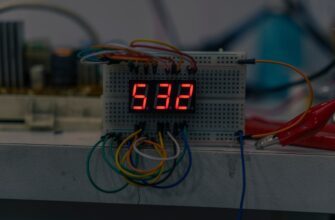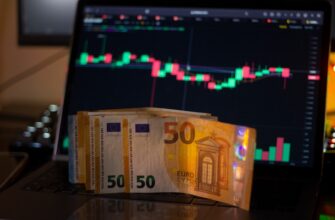What Is Bitcoin Halving?
Bitcoin halving is a pre-programmed event in the Bitcoin protocol that reduces the block reward miners receive by 50%. Occurring every 210,000 blocks (roughly every four years), this mechanism ensures Bitcoin’s scarcity by slowing the rate of new supply. The next halving, expected in April 2024, will cut rewards from 6.25 BTC to 3.125 BTC per block. This event is critical to Bitcoin’s deflationary design, mirroring the extraction of precious resources like gold.
The Bitcoin Halving Countdown: How It Works
The countdown to Bitcoin’s halving revolves around block height—the total number of blocks mined since Bitcoin’s inception. Here’s how it works:
- Block Tracking: The Bitcoin network updates a public ledger every time a new block is added (approximately every 10 minutes).
- Halving Threshold: A halving occurs every 210,000 blocks. The 2024 event will happen at block 840,000.
- Real-Time Tools: Platforms like BitcoinBlockHalf.com track progress using live data, estimating the halving date based on current mining activity.
Minor timing fluctuations occur due to variable block production speeds, but the 10-minute average ensures accuracy.
The Role of Consensus in Bitcoin Halving Events
Bitcoin’s decentralized network relies on consensus to validate halvings. Key factors include:
- Protocol Rules: All nodes follow the same code, automatically enforcing halvings at block 210,000 intervals.
- Immutable Blockchain: Transactions and blocks are cryptographically secured, preventing manipulation of past halvings.
- Decentralized Validation: Miners and nodes worldwide verify blocks, ensuring no single entity controls the halving schedule.
This consensus mechanism guarantees that halvings occur predictably, fostering trust in Bitcoin’s monetary policy.
Historical Context: Past Halvings and Market Reactions
Previous halvings have shaped Bitcoin’s price and adoption:
- 2012 Halving: Reward dropped from 50 BTC to 25 BTC. Bitcoin’s price surged from $12 to over $1,000 within a year.
- 2016 Halving: Reward fell to 12.5 BTC. Prices climbed from $650 to $20,000 by late 2017.
- 2020 Halving: Reward reduced to 6.25 BTC. Despite initial volatility, Bitcoin reached an all-time high of $69,000 in 2021.
While past performance doesn’t guarantee future results, these events highlight the interplay between reduced supply and market demand.
The 2024 Halving: What to Expect
The upcoming halving could trigger significant shifts:
- Miner Economics: Lower rewards may squeeze less-efficient miners, potentially consolidating mining power.
- Price Speculation: Traders often price in halvings early, but post-event volatility remains likely.
- Long-Term Scarcity: With 93% of Bitcoin already mined, the 2024 halving will further slow new supply, emphasizing its capped 21-million supply.
FAQ Section
1. How is the Bitcoin halving date determined?
The date depends on block production speed. Halvings occur every 210,000 blocks, but exact timing varies based on mining activity.
2. Can the halving be delayed or accelerated?
No. The protocol enforces halvings automatically. Only a network-wide software change could alter this—a scenario deemed highly unlikely.
3. How does halving affect miners?
Miners face a 50% revenue drop overnight. Efficient operations with cheap electricity may thrive, while others could shut down.
4. Why is consensus critical for halvings?
Consensus ensures all network participants agree on the halving schedule, maintaining Bitcoin’s trustless and decentralized nature.








